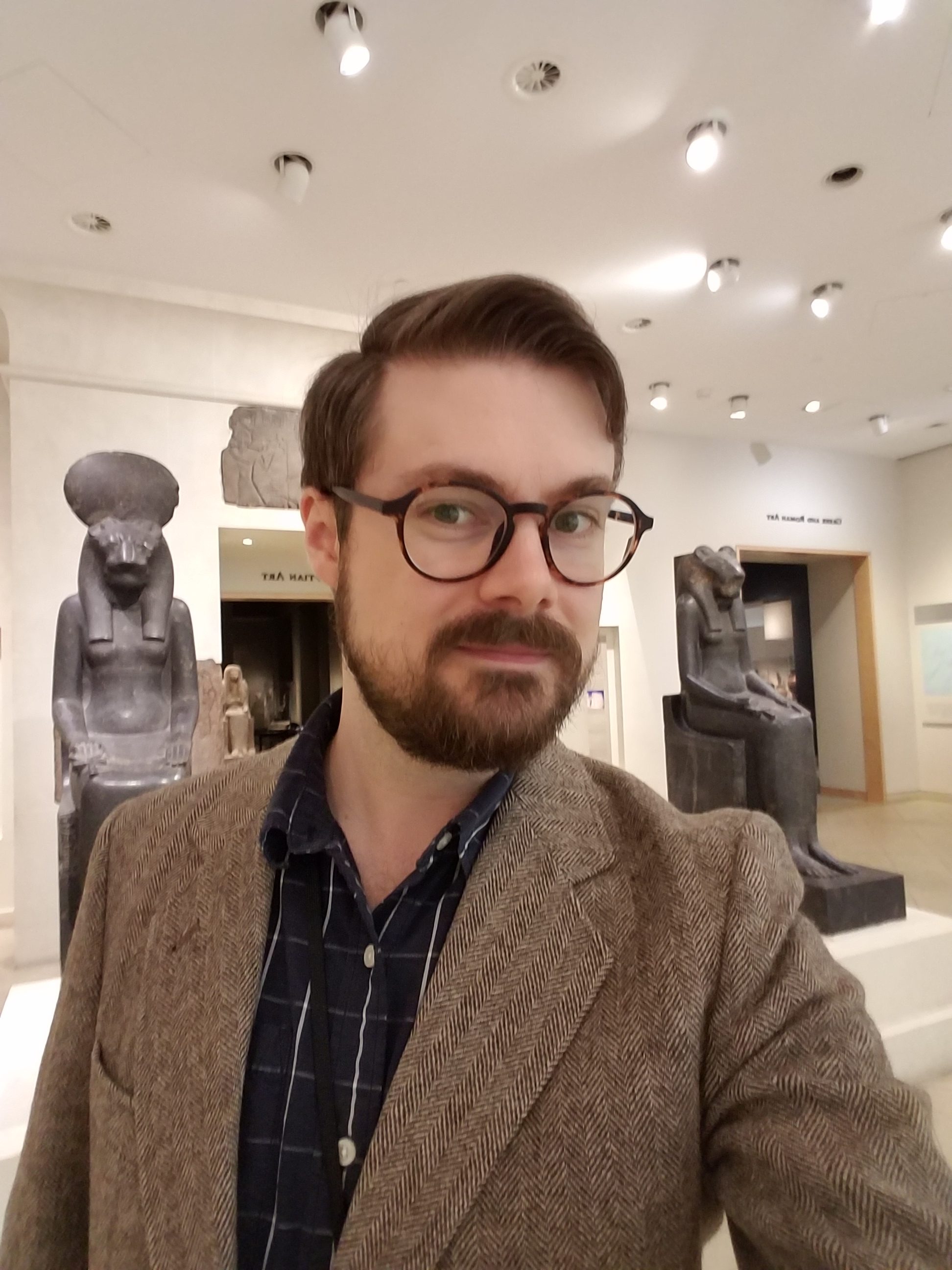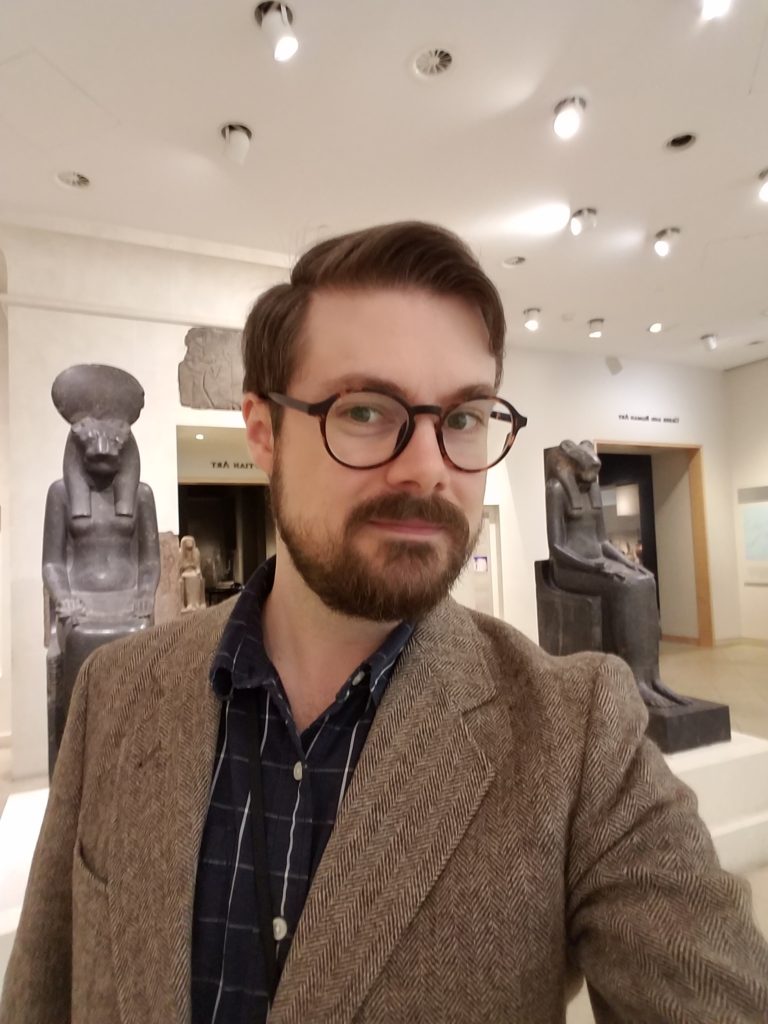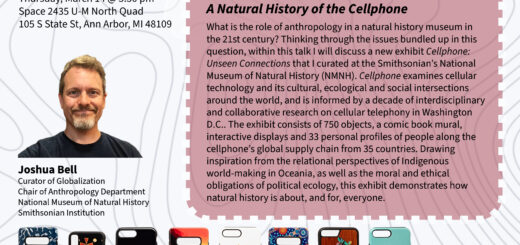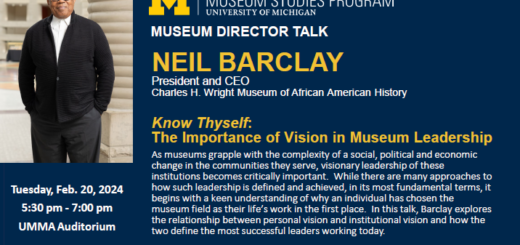A Letter from the Walters Art Museum

This Letter from the Field was shared with us by Dr. Timothy Hart – MSP16
For the last three months, I’ve been working as an intern at the Walters Art Museum in Baltimore. During this first half of my six-month stint, I’ve gotten to know a lot of great people and come to appreciate the complex networks that keep this world-class art museum functioning smoothly as one of Baltimore’s most important cultural institutions.
My life here sees me with my two feet in two very different worlds as I split my time between the education and curatorial departments. I have separate projects I am undertaking in each sphere, and I have found that while the different limbs of the institutional beast have very different internal cultures and structures, there is constant communication between the departments, allowing for a great deal of productive cooperation.
One area in which I’ve witnessed this spirit of collaboration has been in the Walters’ weekly series of docent enrichment seminars. The docents are the crucial lifeblood of this museum, which caters heavily towards an audience of school children. To that end, the volunteer corps receives constant training and intellectual stimulation throughout the year. In the enrichment sessions, curatorial staff work with the Director of Gallery Learning to develop lectures and gallery talks designed to keep the docents on the cutting edge of museum pedagogy and art historical theory.
Earlier this week, I gave one of these talks to the docent corps in which I drew on my own academic background as a PhD in Roman history to suggest some new themes the docents could highlight in their tours of the museum’s ancient galleries. In my talk, “Barbarians” on the Mind: Depicting the “Other” in Greek and Roman Art, I deconstructed images of Amazons, Scythians, and Persians in order to address the question of how Greeks and Romans used visual stereotypes in their artwork to mark out foreigners as different, and frequently as inferior, to themselves. In a future gallery talk, I hope to highlight images on display in the museum that illustrate this kind of visual stereotyping.
My talk, and others like it, aim not only to teach the docents new information, but also to help them develop new ways of looking at art beyond the specificity of particular periods and genres. In so doing, the Walters Art Museum shows its commitment to keeping abreast of developing trends in museum education. Enrichment sessions are just one aspect of the museum’s comprehensive attempt to make the docent corps accessible to a wider range of volunteers, and attentive to the museum’s key audience demographics, but that is a larger story, best reserved for another day.



